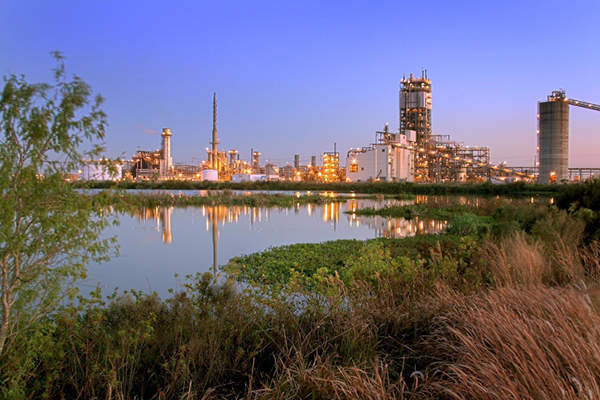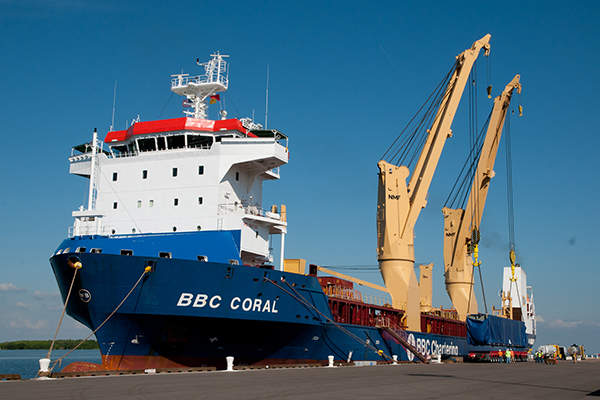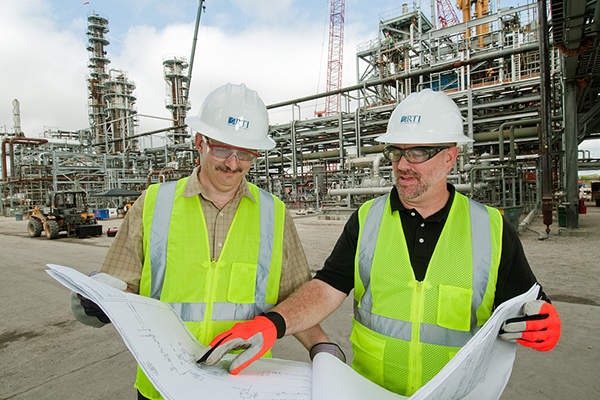Tampa Electric’s Polk Power Station is being further expanded to convert four existing simple-cycle combustion turbine units into an integrated combined-cycle unit. The expansion will increase the station’s generating capacity by an additional 460MW.
Construction works on the expansion started in January 2014 and are scheduled for completion in early-2017, at an estimated investment of $700m.
The expansion project will enable the power station to serve approximately 100,000 households and generate 500 local jobs during the peak construction phase. The expansion will meet the future power demands in the area and enable Tampa Electric to replace the existing power purchase agreements, which are due to expire.
Polk power station details
Mississippi Power has set up an integrated gasification combined cycle (IGCC) plant in Kemper County, Mississippi, US.
The power station, covering an area of about 4,300 acres, is located on State Road 37 in Polk County, approximately 13 miles (21km) south-west of the city of Bartow, Florida.
The plant has five units, which include a 260MW Unit I that started commercial operation in late-1996, two 180MW units (II and III) that came online in July 2000 and May 2002, respectively, and two 160MW units (IV and V) that both came online in April 2007.
Unit I is an integrated coal gasification combined-cycle (IGCC) facility, the first of its kind in the country, while the other units are simple-cycle combustion turbine units. The units currently serve approximately 75,000 homes in total.
Expansion of the Polk power station
The Polk power station project will primarily involve the installation of four heat recovery steam generators (HRSGs) equipped with natural gas-fired duct burners, a steam turbine generator (STG), a six-cell mechanical draft cooling tower and an emergency diesel engine generator. The new facilities will complement the existing facilities.
The HRSGs will recover waste heat from the existing combustion turbine generators (CTGs) to produce steam, which will be conveyed to the new Alstom STF60C steam turbine and Gigatop generator to produce the additional electrical power.
The power station development also involves the construction of 40 miles (approximately 64km) of new transmission lines and an upgrade of the existing transmission facilities to convey the additional output to the grid. The auxiliary cooling systems of the existing Unit 1 will also be upgraded to use the new cooling tower in place of the existing cooling reservoir.
The converted units will use natural gas as primary fuel and ultra-low-sulphur diesel (ULSD) as back-up fuel. The project will also introduce selective catalytic reduction (SCR) technology at the site, which will reduce nitrogen oxide emissions from the existing units by more than 75%. The new facilities are expected to overall increase the efficiency of the existing units by 37%.
Recent innovations at Polk power station
A carbon dioxide capture and sequestration demonstration project at the site, implemented by Tempa Electric in collaboration with Research Triangle Institute International, was commissioned in April 2014. The project was implemented with a Deparment of Energy (DOE) federal grant of approximately $168m.
The developed Polk plant will demonstrate RTI’s warm-synthesis gas (syngas) cleanup technology during a one-year demonstration period. It is expected to capture 300,000t of CO₂ from the existing IGCC unit and sequester it more than 5,000ft below the power station in a saline formation.
The reclaimed water project was completed in April 2015 through the collaborative effort of Tampa Electric, Southwest Florida Water Management District and the city of Lakeland.
The $120m project involved the construction of a reclaimed-water pumping station and 15 miles (approximately 24km) of pipeline, between the city of Lakeland’s wetland treatment system and the power station, a reverse osmosis water-treatment system at the power plant’s site and two deep-injection wells, located more than 1.5 miles underground on the power plant site.
The facility reclaims wastewater from the city of Lakeland that serves as cooling water at the Polk power station, after being treated. Additional phases of the project to reclaim the wastewater from the cities of Polk County and Mulberry are expected to come online by 2017.
Contractors involved with Polk Power Station expansion
The construction contractor for the expansion project is Robins & Morton, while the engineering partner to the developer is Black & Veatch.
The HRSGs for the project were manufactured in South Korea. The parties involved in the transportation of the HRSGs to the project site include Babcock Power, Port Manatee, BBC Chartering, Federal Marine Terminals and Beyel Brothers Crane & Rigging.






